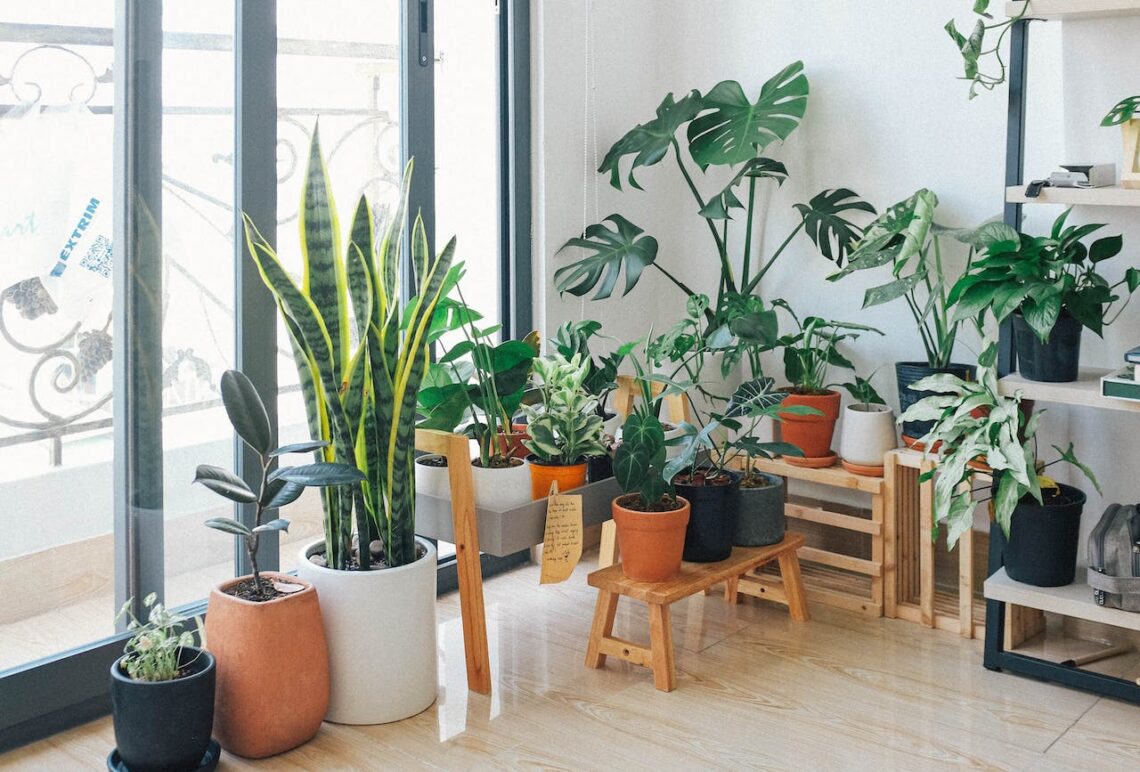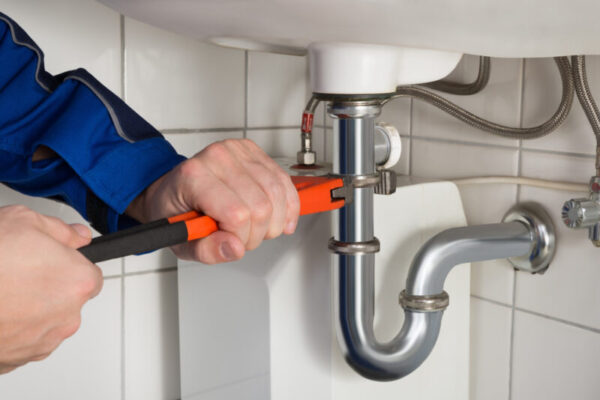Whether you are planning to travel for holidays or relocate to another location, there are several matters you must take care of. From packing clothes to managing your belongings, individuals should ensure that no detail is left unattended. Most importantly, if you have plants, you need to make arrangements for them.
If you’re a plant lover, you know the value of each planter in your home and will find temporary solutions for them. You can leave them with a neighbor or friend if someone is willing to take the responsibility. However, for those without an alternative solution, the following tips can be relied upon to protect their plants. Regardless of the type of indoor plant you have, these tricks will help you keep them safe while you travel to far-flung areas.
Move Outdoor Plants Inside
Plants need moderate conditions to grow. If you give them excessive sunlight, they can die out. Before leaving for your tour, place each plant inside your house. You never know when the outdoor conditions become too hot or cold. Both extremities are not suitable for your green friends.
Therefore, secure your plants by keeping them indoors. The temperature conditions in your home will be moderate and bearable for all kinds of plants.
According to Gateway Home & Garden Center Gainesville, VA, “Paying attention to outdoor plants is necessary to save them in changing conditions. If homeowners fail to take necessary steps, their plants won’t be able to survive.”
In case, some plants are too large to move inside, place them in a shaded area or group them with other big plants. That way, the overall soil evaporation rate will be lower.
Keep Plants Near Windows
As told earlier, keeping plants indoors is better than leaving them outside in harsh weather conditions. However, that doesn’t mean you keep your plants in dark spaces. Plants need sunlight, without which they start to wither away. So don’t forget to keep them in a place where light reaches them at all hours.
In such circumstances, the windows of your home are ideal spaces. Homeowners must keep plants near windows where sunlight reaches them.
Still, too much sunlight is harmful, so don’t pick the sunniest windows. Choose windows that allow a good amount of light to enter without killing any plant species.
It is even better to research how much light is needed by different species of plants in your home. That way, you can find perfect spots for them.
Water Your Plants Right Before Leaving
If you’re planning a short travel, it’s better to water your plants just before you leave. In general, plants need water once a week, so short trips won’t be harmful.
Some plants don’t need water for more than a week. For example, succulents and snake plants don’t need much water. If you have these plants in your home, you can leave without worrying about them.
Whereas, homeowners with tropical plants or floral species, will need to give a significant amount of water to them before exiting their homes.
Install
Self Watering Systems
When planning to leave your home for weeks or months, arranging a watering mechanism for your plants becomes mandatory. You might be placing your plants in sunlight, but it might lead them to dry up. Thus, watering is essential, and nothing could be better than a self-watering system.
There are self-watering globes and self-watering planters, which fill dry soil with water when needed. If you don’t wish to spend extra bucks on new globes, recycle old bottles and create homemade globes. You can follow a YouTube tutorial and create multi-sized globes.
Another way to create a self-watering system is through a water tub and cotton wick. Keep one end of the rope in the water tub while the other within the plant soil. Roots automatically pull water from the wick when required.
These methods are enough to water plants and keep them alive while you’re away.
Set Indoor Temperature to a Moderate Level
Your home’s temperature will also be crucial in deciding whether your plants can survive while you’re away. As told earlier, plants need moderate temperature conditions. Therefore, keeping your home cold or warm is harmful.
An ideal temperature range on your thermostat is between 65 and 75 degrees Fahrenheit. You might wish to switch off your heating and cooling system completely, but that won’t be the right decision.
Cluster Plants Together
Another way to save your plants is by clustering them together in one place. Keeping plants alone will quicken the evaporation process. Instead, gather them around one place. The closer you keep your plants, the lower the chances of them drying.
These clustered plants create a humid microclimate that is ideal for themselves. Homeowners can leave their plants at home without stress and enjoy their outdoor stay.
Hire a Plant Sitter
If you feel no alternate option would work, hiring a plant sitter is the only option. Ask a friend or relative to watch over your plants while you’re off vacationing in another city or country.
You don’t need to bother them with too many instructions. All you need is someone to follow your watering schedule. Pay them for their services to keep them interested in the job.






